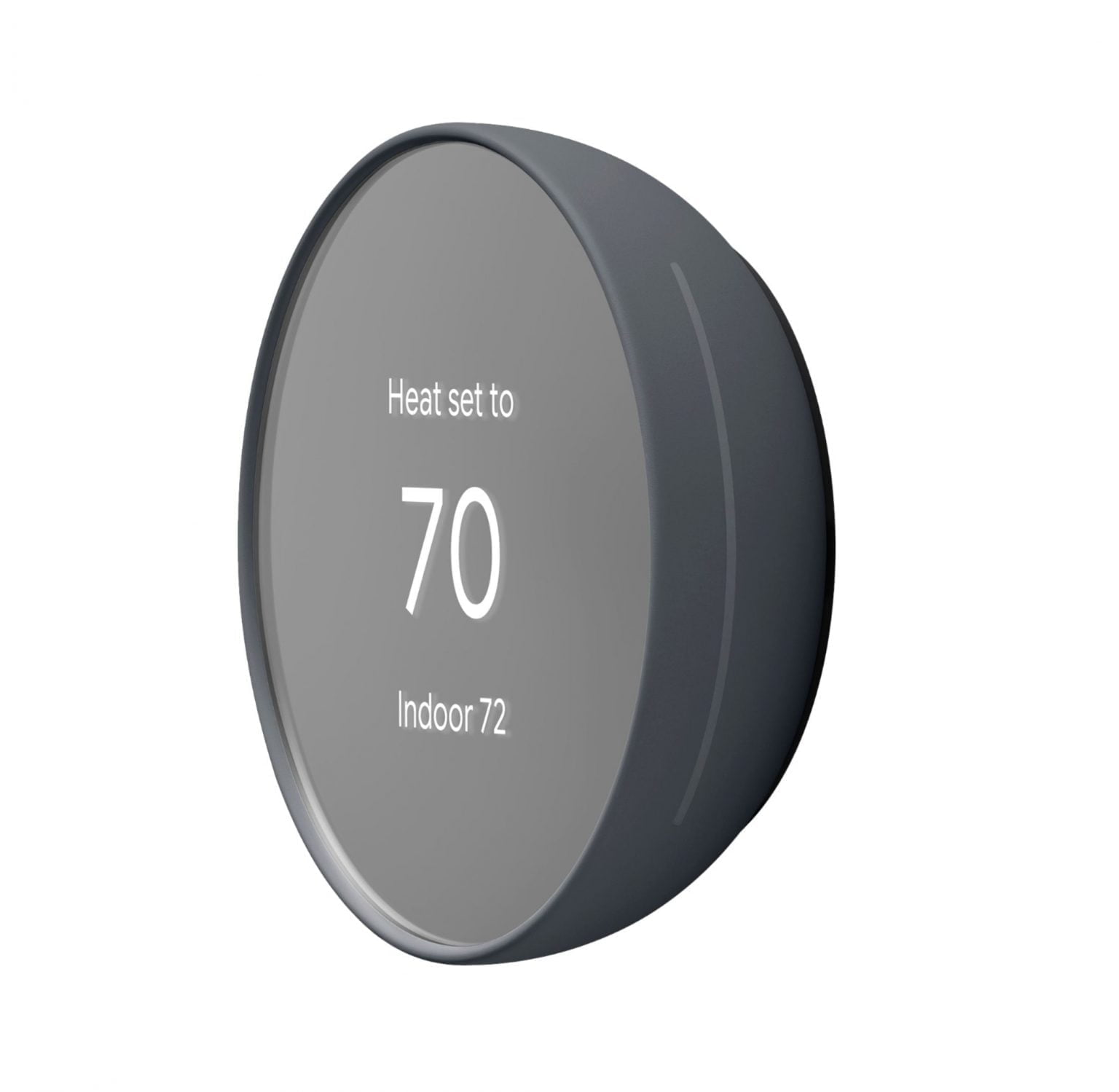Table of Content
Ecobee, maker of our top pick, offers two-factor authentication but does not require it, and it encrypts data sent to the cloud, while your Wi-Fi credentials remain on the device. Ecobee does not have affiliates or sell data, but it shares anonymized data unless you opt out. Geofencing tracks your location if you enable it, but again, that information isn’t shared with anyone. The Google Home app gives you a customized view of everything going on in your home.

Join us in our noble quest to turning every house into a truly cozy home. Unlike the previous Nest thermostats that relied on near-sensors to pick motion activities, the Nest T3007ES Learning Thermostat is integrated with far-field sensors that pick your presence from far away. Follow Me takes advantage of occupancy detection technology to determine the room that you are in. By knowing your exact location ecobee4 focuses on the occupied location and gives less attention to the unoccupied ones.
Philips Hue White & Color Ambiance A19 LED Smart Bulbs (3 pack)
Button control might seem dated, especially if you’re used to a touch screen. The dedicated app makes it easy to monitor the temperature levels in your home and allows you to set up smart alerts and maintenance-related notifications. If you don't have a C-wire, the Power Adapter Kit might be a bit tricky, but you can get through it in a few hours. Emerson Sensi is another high-tech thermostat that works with google home. This energy-certified device is efficient enough to save about 23% of energy annually. It sets well with your devices and helps in controlling temperature and other gadgets of your home.

Aside from the basic scheduling features, this thermostat will dial back your AC unit or furnace the moment you leave home. Homeowners get a software package under the thermostat manager that lets you control different thermostats from a single point. This saves you a lot of power especially if you manage a small business.
The Best Smart Home Sensors for Alexa, HomeKit, and SmartThings
Access to detailed reports on energy usage directly from the app . To help you through the process, we’ve curated a list of the best Google Home-compatible thermostats available right now. We are here to assist people in setting up their smart homes with our daily informative blogs. The ecobee Smart thermostat has an automatic switch on or off feature.

Almost all smart thermostats require a C wire to work, but older houses with older heating systems usually don't have a C wire because older thermostats did not require one. Some smart thermostats come with a power extender kit that you can install yourself to supply power to the device. Other devices, including Nest thermostats, can be installed without a C wire, but will steal power from the furnace control circuits to provide enough power to keep the internal battery charged.
Electric baseboard pick: Mysa Smart Thermostat
For example, you might configure your thermostat to lower the temperature when you leave the house and lock your front door. And it can automatically start warming the house when your garage door opens as you arrive home. These smart-home ecosystems are continually growing, so the interactions your thermostat is capable of are expanding as well . Roy Furchgott personally reviewed more than 1,000 pieces of consumer technology and more than 500 apps, including a wide array of smart-home devices.
Google only uses your devices and data to make your home more helpful – and only in the ways you intend. So you can rest easy knowing you’re in control of your info, and that you’re backed by world-class security. Before purchasing, check to see if this thermostat is compatible with your home and to determine if your home needs a C-wire power adapter.
Whether your hands are full or you’re settled into bed for the night, Google Assistant is there to help. Use your voice to control lights, turn off the TV, start Routines, and more. Matter devices work with each other and with Google Home, making it easier to choose. Verify that a smart thermostat works with the smart home ecosystem you currently have or plan to develop. Premium materials and advanced engineering mean a large, vibrant display with a cinematic interface, a timeless design, and next level occupancy sensing.
Here are a few other smart thermostats that are worth considering. We won’t say it’s overpriced, since its hardware is exceptionally good, but $250 is a lot for a thermostat that doesn’t come with any remote sensors or a smart speaker, as the similarly priced Ecobee does. Nest’s most-advanced smart thermostat features a larger, crisper, and more useful display than its predecessors, as well as wide compatibility with HVAC systems. Smart thermostats can operate without Wi-Fi because they do not completely rely on the internet. The functionality will be limited to controlling your home's temperature settings and monitoring your energy consumption. Depending on the features you want and the brand you choose, the smart thermostat unit can cost anywhere from $70 to $800.
A smart thermostat provides many features besides controlling the temperature of your home. It tracks your activity, monitors your presence, and provides a schedule. A smart thermostat contains a small computer with an operating system that runs entirely on its own.
While this Nest model comes in a smaller profile with a larger screen, it’s still one of the Google Home compatible thermostats you should own. It is integrated with a new sensor that is best at picking your presence from a distance. The thermostat also does a great job at displaying the current weather forecast as well as indoor temperature. Looking for an efficient way to save your energy bill or simply a convenient way to control the temperature in your home? Smart thermostats are a perfect way to conveniently adjust your thermostat.
It improves your comfort level and helps you choose the right schedule for your home. You don’t have to leave the HVAC system running to keep your home warm when you’re away. They’ll gradually tune into your behavior so that you don’t need to reset the system frequently.
The Google Nest Learning Thermostat learns your preferred heating and cooling settings. Then it automatically creates a schedule that should maximize efficiency, so you don’t have to program the device yourself. It installs easily and supports geofencing, and it’s compatible with most home climate-control systems. You can also add optional Nest Temperature Sensors, little wireless pucks that measure the temperature in rooms without a thermostat. If you have trouble spots that are often too cold or hot, you can place one of Nest’s sensors there and expect your room to be more comfortable.
Pay careful attention to your existing wiring, since this determines how well a smart thermostat works with your system. If your current thermostat’s wiring does not include a C wire , you will need to choose your smart thermostat carefully. One feature we were able to fully test—and found very reliable—is geolocation. It’s a nice way of implementing what we’ve found can be a spotty, often hard-to-use feature when it comes to controlling a home’s climate. Once you’ve installed the thermostat, you use the Mysa app to set it up, connecting it directly to your home’s Wi-Fi (2.4 GHz only). The only setting you can adjust directly on the Mysa is temperature, so to tweak other settings you have to use the app.


No comments:
Post a Comment